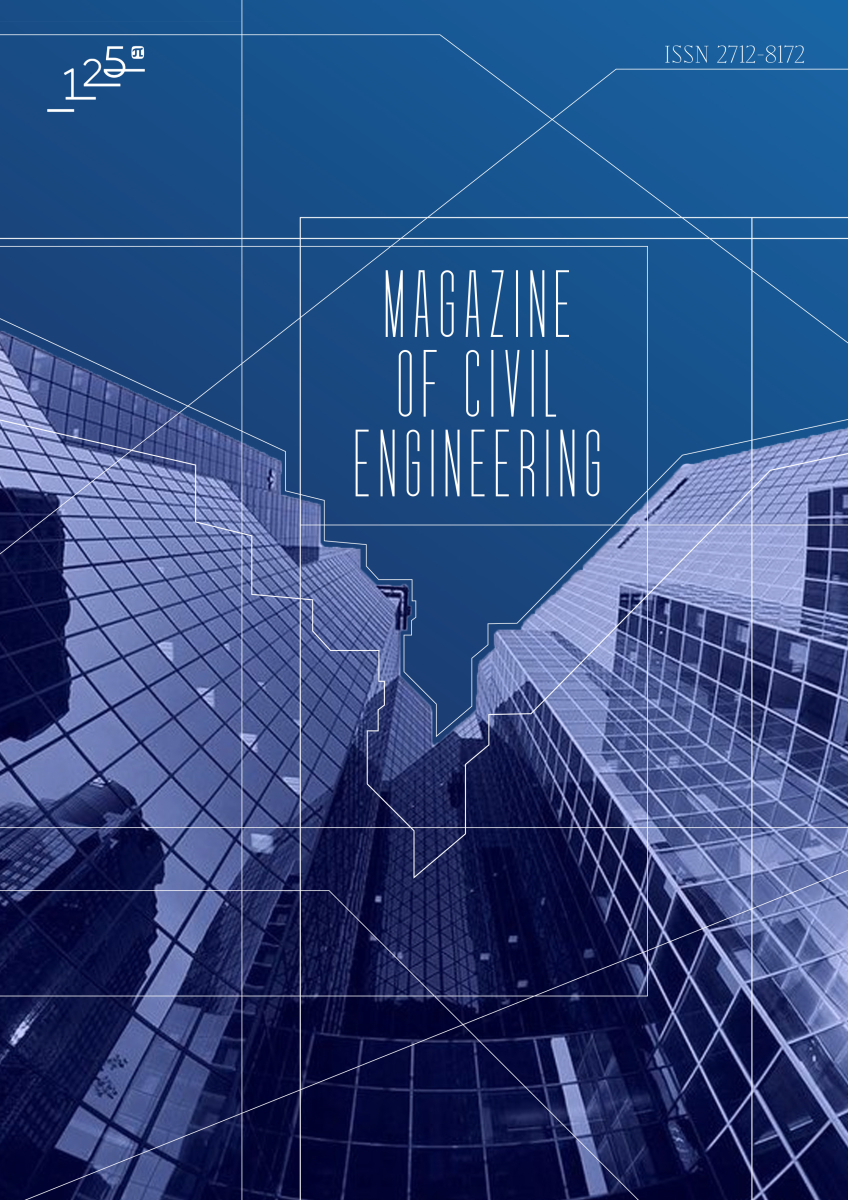The shear behavior of anchored groove RC beams
The purpose of this research is to find an effectual technique to anchor reinforced concrete (RC) beams that are strengthened with fiber-reinforced polymers (FRP) composites. Eighteen reinforced-with-CFRP beams were designed. The specimens were split into three groups consisting of: 1) eight externally- reinforced-by-CFRP beams, with no anchoring grooves; 2) eight beams similar to the first group, but with anchoring grooves; 3) and control beams, which were left without anchoring. In order to explore their behavior, all of the beam specimens underwent a four-point bending, and were compared to the control beams. The study’s focus was on exploring the relationship between the specimens’ modes of failure and their displacements due to the applied loads. The obtained results showed that the anchoring technique had a great effectiveness; whereas, the specimens with CFRP and anchor encountered a failure in the form of a separation in the concrete cover, unlike the un-anchored ones, which failed due to premature de-bonding. The study showed that the anchoring grooves had changed the mode of failure to a safer one. The anchoring technique enhanced the capacity of carrying the load, and reduced, to different extents, the mid-span deflection. In addition, the study found that reinforcing the beams by CFRP composites had enhanced the shear capacity of the area of anchorage, leading to an enhancement in the systematic efficiency of anchoring. Overall, the study concluded that the performance of the specimens was highly improved by utilizing the CFRP composite combined with anchored grooves. For much improved RC structural designs, it is of utmost importance to further develop the anchored groove technique to prevent, rather than delay, unpredictable de-bonding of CFRP.


